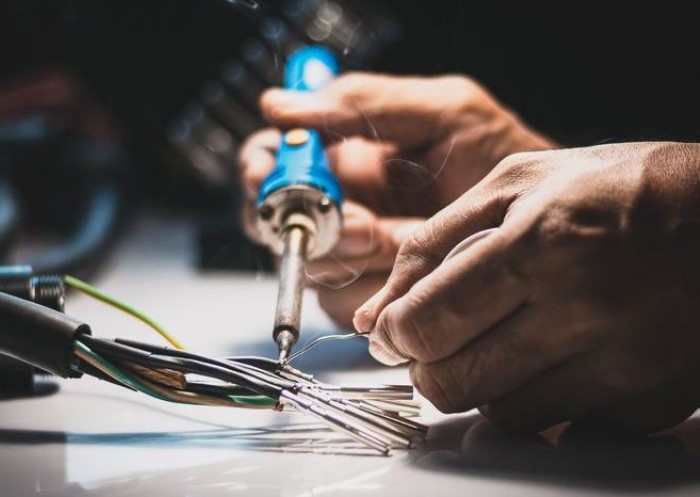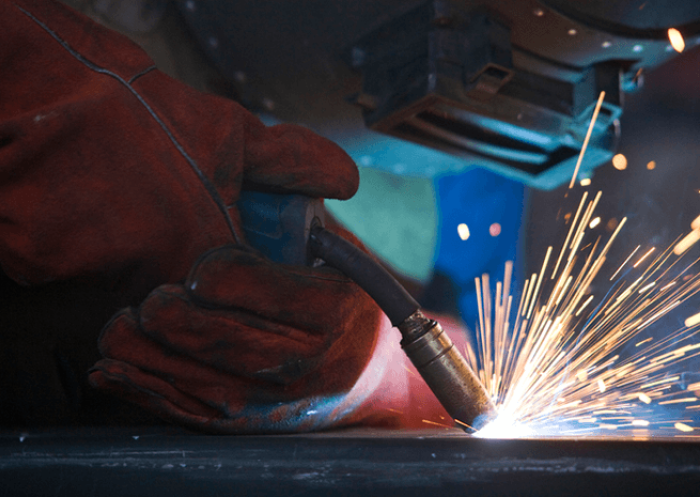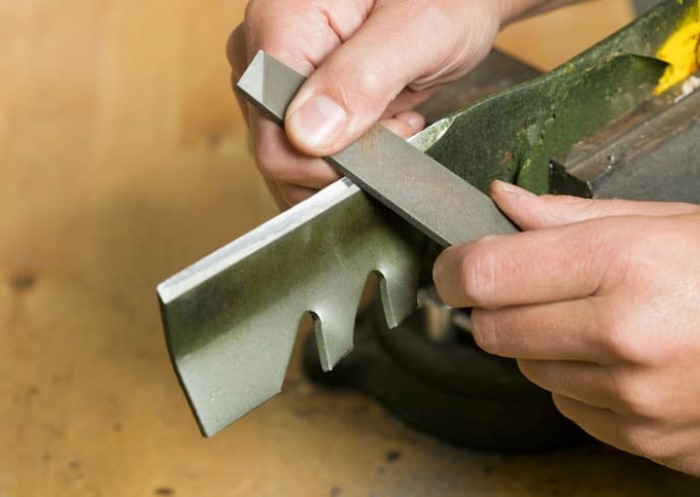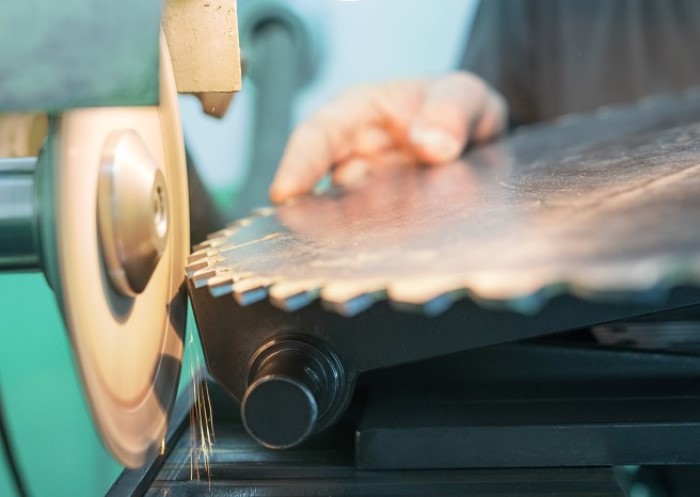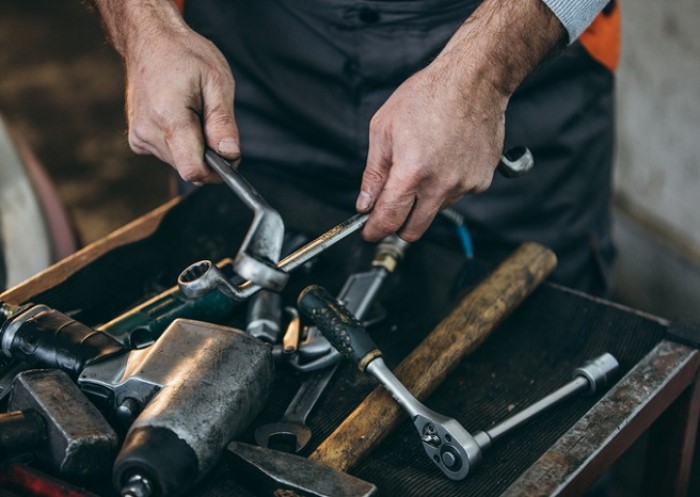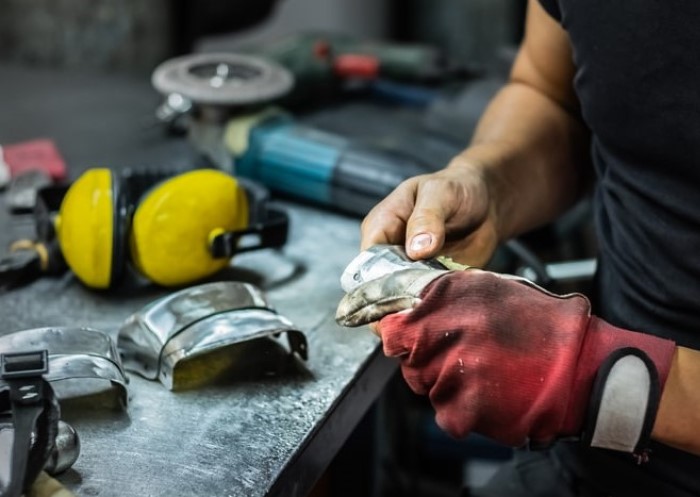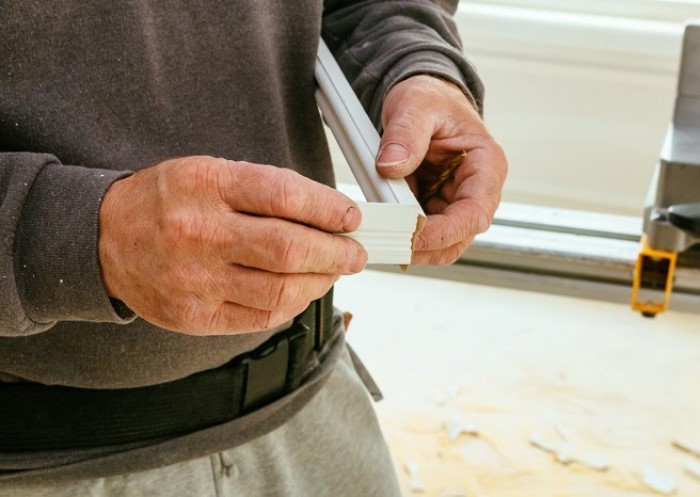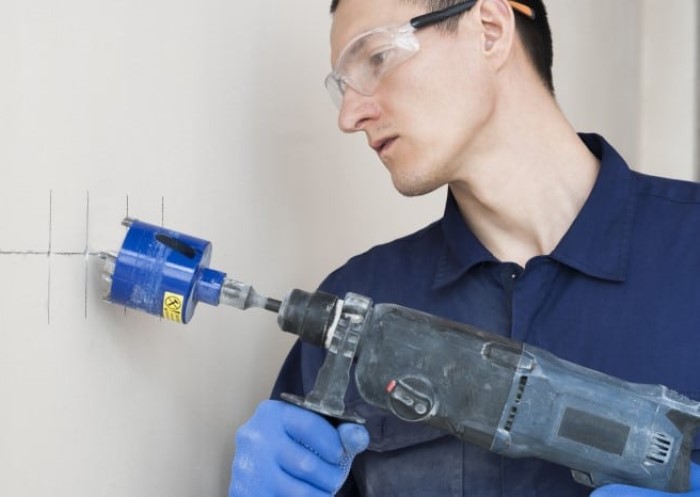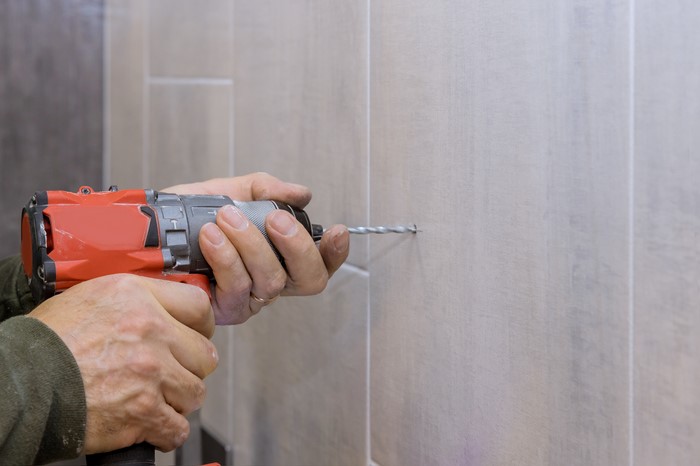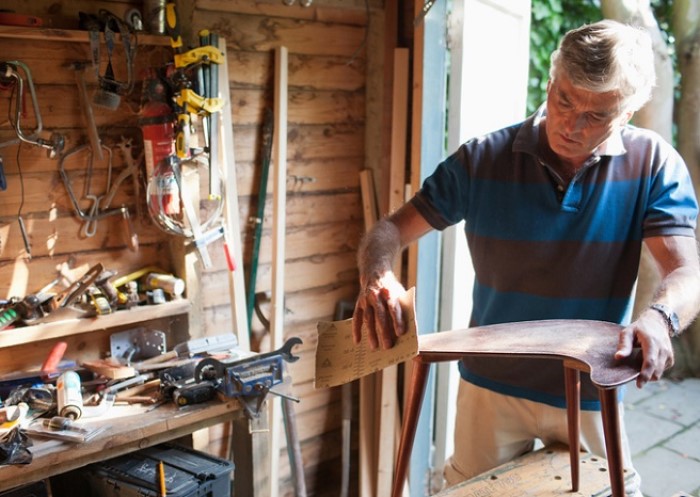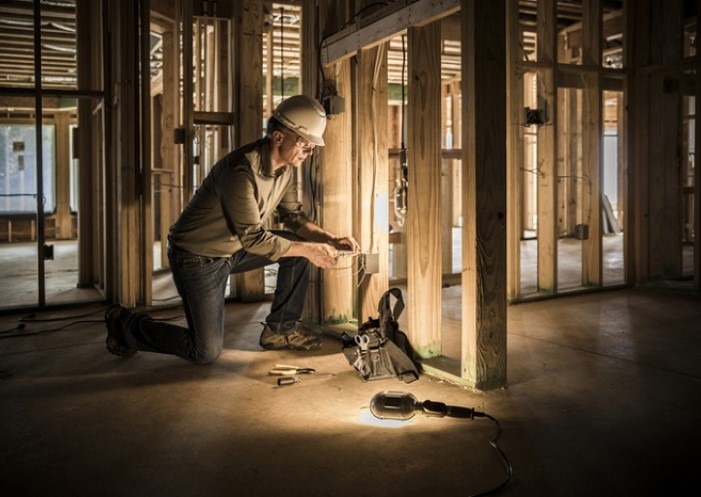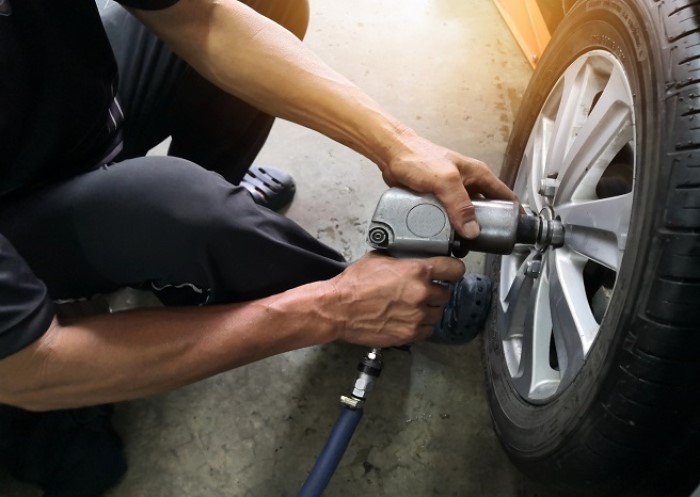Table of contents
In order to shape and work wood in different ways, it is important to have as many woodworking tools as possible. In addition to the right tools for sawing, filing and rasping, a stable workbench with a practical tool trolley and various storage options are also essential parts of the basic equipment. Our checklist clearly identifies which woodworking tools should constitute your basic equipment and how you can recognise professional quality tools.
Woodworking tools – the basic equipment
For both professional craftsmen and DIYers who value quality, certain woodworking tools are indispensable in the workshop set-up. With this basic equipment, wood can be worked in a variety of ways:
- Workbench: To be able to work with wood both safely and practically, you need a functional workbench. This offers space for tools of various sizes and also allows you to attach a vice.
- Clamps and vice: Both tools are suitable for fixing the wood in a desired position on the workbench or table. A single vice is usually sufficient, while it is best to purchase various sizes of clamps.
- Saws: A must-have tool for woodworking. The type of saw you need depends on the job you are doing. You can usually carry out the most common tasks with a universal foxtail saw as well as a fine saw. Electric jigsaws and circular saws are also helpful and make a useful addition to a woodworking tool kit.
- Planer: This woodworking tool allows you to scrape thin sections off the wood surface, layer by layer. For a basic tools kit, a universal double plane and a moulding plane, which is suitable for working on narrow sections, are sufficient.
- Sandpaper: Coarse and fine sandpaper and sanding blocks are all used for fine woodworking. With sandpaper, you can smooth the surface and prepare the wood for varnishing or glazing.
- Files: Wood files come in various shapes and are ideal for intricate work.
- Chisel: The chisel makes recesses or slits on wooden surfaces. Chisels should ideally be sharp and are generally available as a complete set with different thicknesses and widths.
- Wooden hammer: This is used to drive chisels into wood. You can also use it for tapping in joints with wedges or loosening joints.
- Drill: An electric drill or a hand drill allows you to make holes in the wood and also creates screw joints.
- Measuring tools: These come in various shapes, sizes and forms, but a good quality spirit level, folding rule, tape measure, angle and pencil are generally sufficient.
Always choose good quality woodworking tools
To ensure you enjoy good value from your woodworking tools over the long term, and that you can work precisely and without injury, always pay attention to quality. You can recognise good quality woodworking tools, such as those available at Jungheinrich PROFISHOP, through the following characteristics:
- Safety marks: If the manufacturer identifies the woodworking tool according to various standards such as DIN, CE or UL (depending on where the tool was manufactured) good quality is assured
- Branded goods: Branded products usually mean a higher standard of tool. If you buy woodworking tools from renowned brand manufacturers, you can assume reliable quality
Image source:
© gettyimages.de – milanvirijevic



